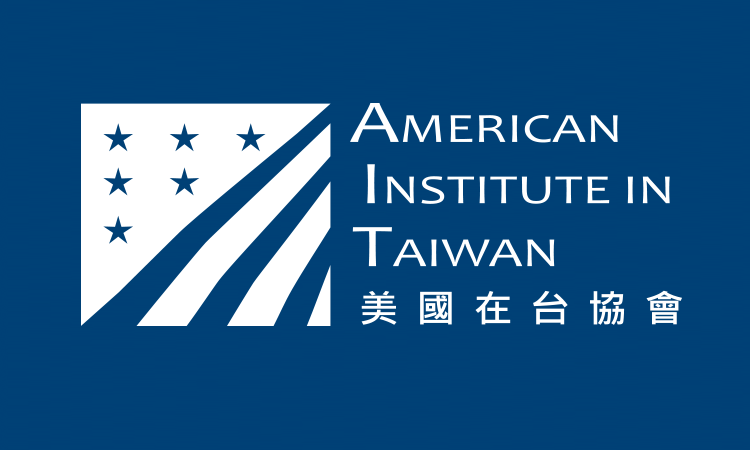PR-2068
December 21, 2020
Facts about U.S.-Taiwan Agricultural Trade
The United States and Taiwan are Partners in Food Security
Taiwan relies on imports for an affordable, reliable, and varied food supply. The United States is the single largest supplier of agricultural and food imports, providing 25% of Taiwan’s total import market. Taiwan is the 7th largest agricultural export market for the United States. We take pride in the safety and quality of the food products produced for American consumers and our customers around the world.
U.S. Products are Safe Here, There & Everywhere
The U.S. Food and Drug Administration (FDA) and U.S. Department of Agriculture’s Food Safety and Inspection Service (FSIS) ensure that all food consumed in the United States and exported is safe and meets the highest standards of food safety. This factsheet describes how FSIS fulfills its responsibility to ensure that the U.S. meat, poultry, and processed egg supply is safe, wholesome, and accurately labeled. The United States is proud to export the same safe products that we consume domestically around the world on a daily basis.
FSIS Food Safety Mission:
- The Food Safety and Inspection Service (FSIS) is the public health agency in the U.S. Department of Agriculture (USDA) responsible for ensuring that meat, poultry, and processed egg products are safe, wholesome, and accurately labeled.
- FSIS successfully carries out its mission to protect public health by strictly enforcing food safety requirements. USDA inspectors and public health veterinarians (PHVs)—who are located in the more than 6,500 federally inspected establishments in the United States—take their jobs seriously.
- Pathogens can be present in raw meat and poultry and in live poultry – no raw meat or poultry is sterile. While preventive measures are taken on farms to control for pathogens, it is important that additional actions are taken to ensure that the poultry products that arrive on consumers’ dinner tables are free from harmful pathogens.
- Consumers can protect themselves by cooking their poultry products and meat thoroughly. The cooking process kills the pathogens. No one should be eating partially cooked or raw poultry. Additionally, it is essential that people wash their hands after handling raw poultry, meat and pet food to avoid cross contamination of other foods, spice containers, or kitchen surfaces.
FSIS Domestic Inspection:
- The mission of the FSIS is to ensure that meat, poultry, and egg products are safe, wholesome, and properly marked, labeled, and packaged.
- FSIS currently carries out its food safety responsibility primarily by managing inspection programs within meat and poultry slaughter and processing establishments.
- These programs rely heavily on FSIS inspectors to detect and correct establishment sanitation and food safety problems.
- Each meat or poultry product produced in a FSIS regulated establishment must be covered by a HACCP plan and each HACCP plan must be validated by the establishment to determine that it effectively prevents hazards in the production process. FSIS inspection personnel conduct daily inspections at further processing establishments and 100% carcass-by-carcass inspection at all slaughter establishments.
- FSIS In-Plant Personnel (IPP) conduct daily verification procedures in conjunction with the Public Health Information System (PHIS). A significant portion of these verification activities pertain to HACCP verification.
FSIS Export Requirements:
- All U.S. exports of meat and poultry products must, by law, be inspected by FSIS and must receive the USDA mark of inspection before the product can be exported. All U.S. products exported are held to the same food safety standards as are products produced for the U.S. domestic market.
Safety and Transparency: FSIS Public Information about Safety of U.S. Products
All FSIS-regulated facilities are subject to the statutory authority and regulatory requirements of the Federal Meat Inspection Act (FMIA), the Poultry Products Inspection Act (PPIA) or the Egg Products Inspection Act (EPIA). FSIS inspection personnel are stationed onsite at every federally inspected slaughter establishment. Inspection personnel are fully trained and experienced with FSIS regulations and instructions to field personnel—all of which are integrated into the Agency’s Public Health Information System (PHIS), the system FSIS uses to assign, track and record the findings of inspection activities. The work of these inspectors allows FSIS to verify an establishment’s compliance with these FSIS regulations whenever the establishment is producing product for commerce, including international trade. Failure to comply with these regulations is documented as a Noncompliance Report (NR), which is recorded in the FSIS PHIS and verification of corrective actions are undertaken when an NR is issued.
The food safety inspection system overseen by FSIS is comprised of both short- and long-term monitoring systems. FSIS is committed to transparency and the Agency maintains public facing information about its residue and pathogen sampling programs, including posting most results on its website:
- FSIS posts residue sampling results as follows:
- Annual residue sampling results are posted in the “Red Book” (available here);
-
- Weekly reports of producers with more than one residue violation in the previous 12 months, either in the same establishment or different establishments, are posted to help establishments and livestock markets, as well as inspection program personnel, identify the residue history of producers (available here).
- FSIS posts both establishment-specific (available here) and aggregate (available here) microbiological sampling results.
- FSIS also posts quarterly reports summarizing enforcement actions taken by the Agency (available here).
















![Video Thumbnail [Recovered]-01](../wp-content/uploads/sites/269/Video-Thumbnail-Recovered-01-1-750x450.jpg)



